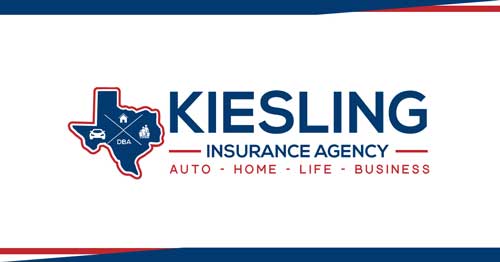What You Should Know About Your Next Home Insurance Policy
Whether you’re looking for your first home insurance policy or you want to change your current one, there are a few things that you should know before getting started. You’ll need to provide some information about yourself, your property and any special circumstances that may affect coverage costs. You’ll also need to decide if you’d like to get replacement cost or actual cash value coverage, which will affect your rate.
1. Do Your Homework
Not all home insurance policies are created equal, so it pays to do your homework before buying one. This can include reading the fine print of your policy and understanding what it covers. This can help you decide if the policy will cover the things that are important to you, and it may even save you money in the long run.
2. Know Your Limits
When you’re shopping for a new home insurance policy, it’s important to know what limits are necessary. Limits are the amount your insurance company will pay if you file a claim. This information can be found in your homeowner’s policy or by talking to your agent.
For a standard homeowners policy, dwelling coverage is usually set at 100% of the replacement cost. This is to ensure you get enough money to rebuild your home in the event of a total loss. If your house is in an expensive area, it may be worth checking into a higher dwelling replacement limit. Some insurers also offer extended and guaranteed replacement cost coverage. It’s a good idea to ask your agent about these options and shop policy options from multiple home insurance companies.
3. Review Your Policy
To get the best possible coverage for your hard-earned cash, make sure to read the fine print carefully. The good news is that many insurers will be happy to explain what they do and don’t cover to you. This will go a long way towards making sure you don’t end up with the wrong kind of policy or the right amount of coverage for your needs and budget. Taking the time to read your policy will save you from a costly and potentially devastating claim down the road. There’s nothing more gratifying than knowing you’ve got the coverage you need to avoid financial disaster. The best way to do this is to understand your home insurance policies so you know exactly what you’re getting in the way of protection.
4. Ask Your Agent Questions
Buying a new home is a big decision, and you want to make sure you understand your homeowner’s insurance policy. Your agent is the best person to help you determine what type of coverage you need and how it will protect your property.
You need to be sure you’re getting the right amount of coverage at a fair price. Ideally, you should be able to get coverage equal to the value of your home’s structure (called replacement cost) and your personal belongings at actual cash value. Also be sure to ask your agent about riders that can cover items like jewelry, guns, furs, and art. These policies can help you avoid surprises in the event of a claim, and they can be very helpful for people with valuable possessions.
5. Know The Different Types of Home Insurance
It might seem like common sense, but knowing the different types of home insurance can help you better understand your options and make an informed decision. It also can help you navigate conversations with your insurance agent and ensure that you get the coverage you need at the best price possible. HO-3 policies are open-peril policies, meaning they cover anything that’s not excluded in the policy (like earthquakes and floods). These policies offer more comprehensive coverage than HO-2s, which generally only protect your home’s structure. HO-3s also usually include personal property and liability coverage, as well as additional living expenses if you can’t live in your house because of damage. And while HO-3s are typically the most common type of home insurance, not all insurers offer it.


